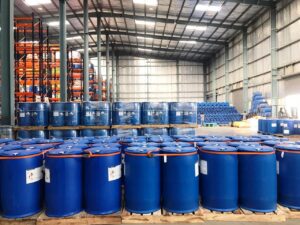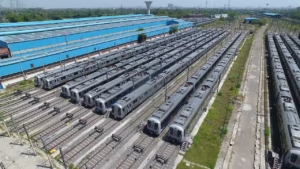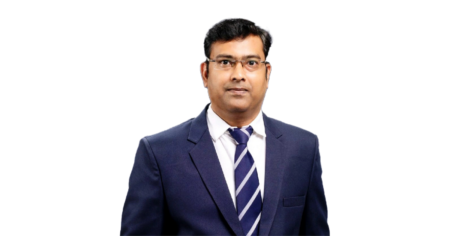Varun Kakkar highlights that effective warehousing automation extends beyond scale, emphasising stakeholder buy-in, precise project definition, and continuous workforce skilling as crucial for successful technology integration and operational excellence.

Smart warehousing thrives on team buy-in, precise scope, and core fundamentals
One of the most persistent misconceptions surrounding warehousing automation, according to Varun Kakkar, General Manager – Supply Chain, Grasim Industries (Birla Paints Division), is the belief that it’s exclusively for large facilities handling high volumes. “Warehousing automations are available and useful for all use cases, small or large, major or minor,” he asserts. Kakkar emphasises that even smaller automations, such as improved racking systems, truck lifelines, and Hand-Operated Pallet Trucks (HOPTs), can yield significant gains in efficiency. He strongly advocates for these seemingly minor innovations to be integral to every warehouse manager’s strategic planning, proving that impactful automation isn’t solely the domain of massive investments.
Smart success
Despite substantial investments in smart technologies, many projects underperform. Varun Kakkar pinpoints critical success factors: stakeholder buy-in and direct warehousing team involvement. He stresses defining clear project outcomes and scope, ensuring business relevance. Crucially, end-users and customers must participate in scope finalisation and acceptance testing to guarantee practical solutions. This holistic approach, integrating all levels, is fundamental to avoiding costly missteps and ensuring technology genuinely serves its purpose.
Enduring traditional value
Even amidst innovative warehousing, traditional practices retain substantial value. Kakkar highlights the enduring relevance of ABC classification, route mapping, and staging. His philosophy is clear: “We need to ensure the simple things and processes are taken care of first before moving to more innovations and automations.” He also advocates for annual long-term planning concerning volumes, products, and throughput. This foundational understanding is essential for effective planning and execution, emphasising that a solid operational bedrock is paramount before layering on advanced technologies.
MMLP innovation & standards
For Multi-Modal Logistics Parks (MMLPs) to ensure seamless cargo movement, certain innovations and standards are paramount. Kakkar emphasises adherence to all safety and quality standards, alongside full compliance with local laws. Beyond regulations, MMLPs must cultivate adaptability and flexibility in their networks to efficiently handle diverse cargo. Crucially, seamless data sharing and robust visibility for customers and vendors across all transport modes are vital for optimal MMLP performance, facilitating smooth logistical transitions.
Balancing tech with talent
Successfully integrating advanced technology while ensuring workforce readiness and adaptability is a significant challenge. Varun Kakkar champions continuous training and upskilling for the workforce, emphasising that “the quality of execution on the ground is directly linked to the ability of the workforce.” He advises organisations to encourage continuous benchmarking, both internally across sites and externally within the industry. Furthermore, he recommends that all technological integrations be undertaken only after a thorough assessment of different systems and a clear understanding of the team’s ability and willingness to execute. Collaborating with service providers to stay abreast of the latest logistics innovations also helps ensure that organisations and their teams remain current with global warehousing advancements.











